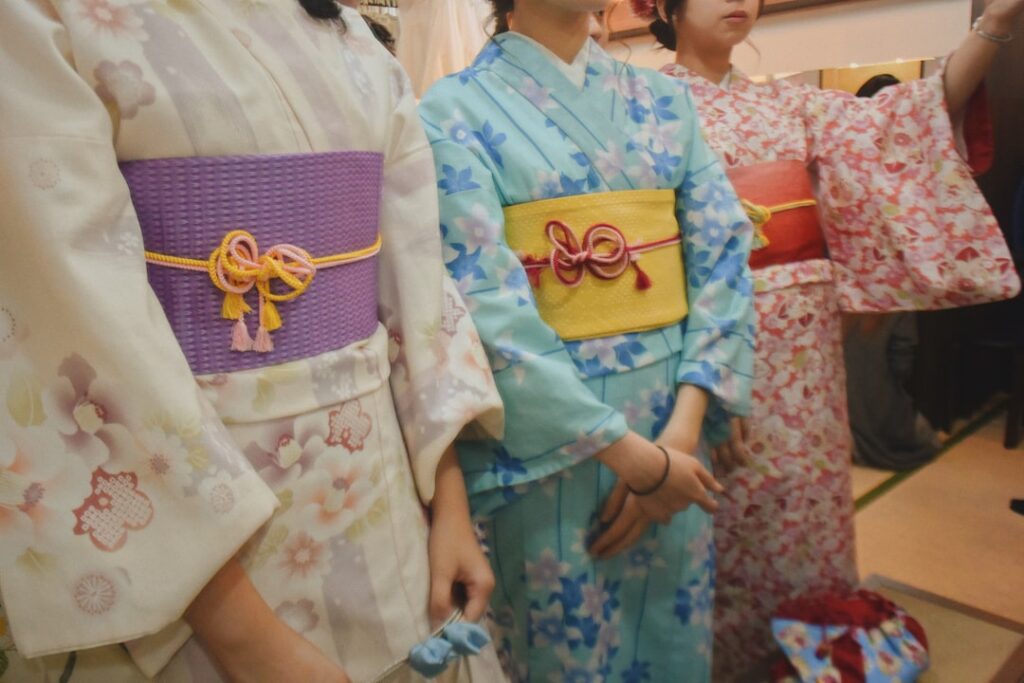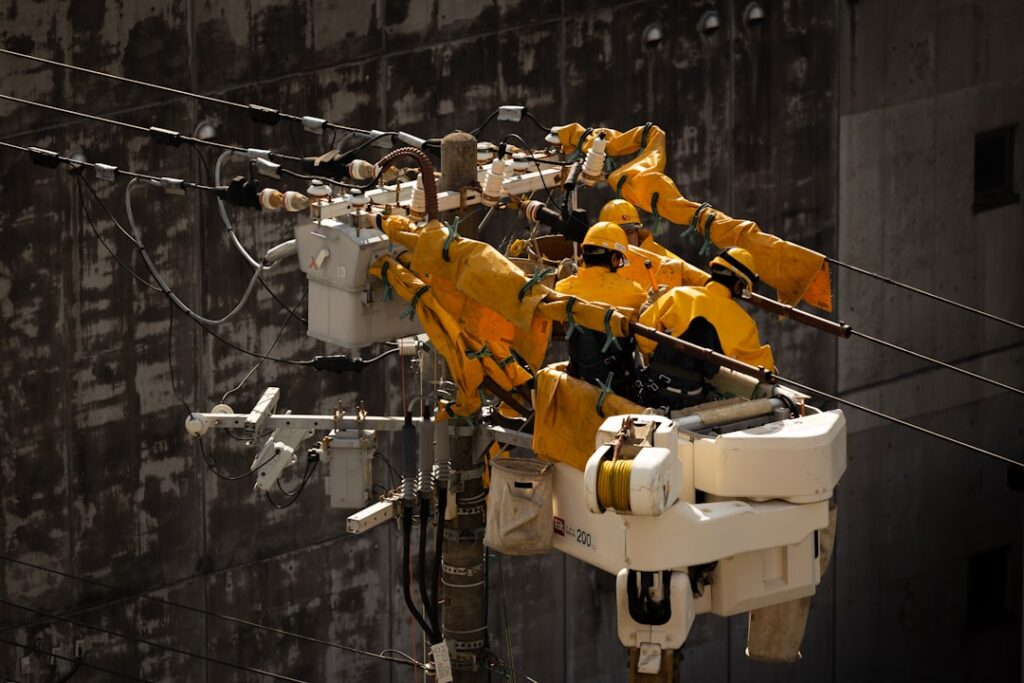Dogeza is a traditional Japanese form of deep apology and showing respect. It involves kneeling on the floor and bowing down to the point where the forehead touches the ground. This act of extreme humility is a way of expressing sincere regret and seeking forgiveness. The word “dogeza” is derived from the Japanese words “do” meaning “earth” and “geza” meaning “to sit.” This gesture is deeply ingrained in Japanese culture and is considered one of the most formal and sincere ways to apologize or show respect.
Dogeza is not just a physical action, but it also carries a deep emotional and cultural significance. It is a way of acknowledging one’s mistake or wrongdoing and expressing genuine remorse. In Japanese society, where respect for others and social harmony are highly valued, dogeza is seen as a powerful way to convey one’s sincerity and willingness to make amends. It is often used in formal settings, such as business meetings, official apologies, or when seeking forgiveness from someone of higher status. The act of dogeza is a powerful symbol of humility and submission, and it is deeply rooted in the traditional values of Japanese society.
Key Takeaways
- Dogeza is a traditional Japanese form of apology and respect, involving kneeling and bowing deeply to the ground.
- In Japan, Dogeza is deeply rooted in the culture and is seen as a way to show sincere remorse, gratitude, and respect.
- Dogeza is typically performed in formal settings, such as when apologizing to someone of higher status or when expressing deep gratitude.
- The act of Dogeza is rooted in the psychology of humility, submission, and the desire to show genuine remorse or respect.
- In modern Japanese society, Dogeza is still practiced in formal settings, but its use has become less common in everyday interactions. However, it is still deeply ingrained in Japanese culture and is seen in various forms of media and pop culture.
The cultural significance of Dogeza in Japan
In Japanese culture, the act of dogeza is deeply rooted in the concept of “giri” or social obligation. It is believed that individuals have a duty to maintain social harmony and uphold their obligations to others. When someone has caused harm or offense, performing dogeza is a way of fulfilling their giri and seeking forgiveness. This act of extreme humility is seen as a way to restore balance and harmony within the social fabric.
Dogeza also reflects the hierarchical nature of Japanese society, where respect for authority and seniority is paramount. When performing dogeza, the individual is acknowledging their inferior position and showing deference to those of higher status. This act of submission is a way of demonstrating respect and humility towards others, and it is deeply ingrained in the social dynamics of Japanese culture.
The cultural significance of dogeza extends beyond individual interactions and has broader implications for societal norms. It reflects the emphasis on humility, self-restraint, and putting the needs of others before oneself. In a society where conformity and social cohesion are highly valued, dogeza serves as a powerful symbol of these cultural values.
When and how to perform Dogeza
Dogeza is typically performed in formal settings or situations where a deep apology or show of respect is required. It is often used in business settings, formal ceremonies, or when seeking forgiveness from someone of higher status. The act of dogeza is usually accompanied by verbal expressions of remorse and a sincere apology.
To perform dogeza, one kneels on the floor with their legs tucked underneath their body and bows down until their forehead touches the ground. The hands are placed palms down on the floor in front of the body, and the back is kept straight. This position requires a great deal of physical strength and flexibility, as well as emotional fortitude, as it signifies complete submission and humility.
The act of dogeza is not taken lightly in Japanese culture, and it is reserved for situations that require a profound display of remorse or respect. It is important to perform dogeza with sincerity and humility, as it is a deeply symbolic gesture that carries significant cultural weight.
The psychology behind Dogeza
| Psychological Aspect | Description |
|---|---|
| Humility | Dogeza is a gesture of extreme humility and submission, often used to express deep remorse or apology. |
| Cultural Significance | In Japanese culture, dogeza is a traditional way of showing respect and seeking forgiveness. |
| Power Dynamics | Dogeza reflects the complex power dynamics and social hierarchy in Japanese society. |
| Emotional Impact | Receiving a dogeza can evoke strong emotions of forgiveness, empathy, and understanding. |
The act of dogeza reflects the complex interplay of cultural norms, social dynamics, and individual psychology in Japanese society. It is rooted in the concept of “amae,” which refers to the desire for acceptance and approval from others. In Japanese culture, individuals are socialized to prioritize group harmony and seek validation from those around them. Performing dogeza allows individuals to demonstrate their willingness to conform to societal expectations and seek forgiveness from others.
Dogeza also reflects the influence of Confucian values on Japanese society, particularly the emphasis on hierarchy, respect for authority, and filial piety. The act of kneeling and bowing down signifies submission to those of higher status and a willingness to uphold traditional values of respect and deference.
From a psychological perspective, performing dogeza can be a way for individuals to alleviate feelings of guilt or shame by publicly acknowledging their mistake and seeking forgiveness. It allows individuals to express their remorse in a tangible and visible way, which can be cathartic and help restore their sense of moral integrity.
Dogeza in modern Japanese society
In modern Japanese society, the practice of dogeza has evolved in response to changing social dynamics and cultural norms. While it remains a deeply ingrained tradition, its use has become less common in everyday interactions. However, it is still prevalent in formal settings such as business meetings, official apologies, or ceremonial occasions.
The act of dogeza continues to hold significant cultural weight, particularly in situations where a profound display of remorse or respect is required. It is often used by public figures or individuals in positions of authority when making public apologies or seeking forgiveness for wrongdoing. In these instances, performing dogeza is seen as a way to demonstrate sincerity and humility while upholding traditional values of respect and social harmony.
While the practice of dogeza may be less common in everyday interactions, its cultural significance remains deeply ingrained in Japanese society. It serves as a powerful symbol of humility, submission, and the importance of maintaining social harmony.
Dogeza in pop culture and media

Dogeza has made its way into popular culture and media in Japan, often depicted in movies, television shows, and manga as a dramatic gesture of extreme remorse or respect. It is often used as a plot device to convey the depth of a character’s emotions or to emphasize the gravity of a situation.
In recent years, there has been a resurgence of interest in traditional Japanese culture, including the practice of dogeza. This has led to its portrayal in various forms of entertainment as a symbol of traditional values and cultural heritage. While its use may be less common in everyday life, its depiction in popular culture serves as a reminder of its enduring significance in Japanese society.
The act of dogeza has also been parodied and exaggerated in comedic contexts, highlighting its extreme nature and the cultural significance it holds. This playful interpretation serves as a commentary on the traditional values it represents while also providing entertainment value for audiences.
Comparing Dogeza to other forms of apology in different cultures
Dogeza can be compared to other forms of apology in different cultures, each reflecting unique cultural values and social dynamics. In Western cultures, a sincere apology may involve verbal expressions of remorse, taking responsibility for one’s actions, and making amends to those who have been harmed. While physical gestures such as bowing or kneeling may not be common, the emphasis on acknowledging wrongdoing and seeking forgiveness shares similarities with the principles behind dogeza.
In Chinese culture, bowing as a sign of respect or apology is also prevalent, reflecting the influence of Confucian values on social interactions. The act of bowing signifies deference to those of higher status and a willingness to uphold traditional values of respect and hierarchy.
In Korean culture, the act of “sae-bae” involves kneeling and bowing down to show respect or seek forgiveness from someone of higher status. This gesture reflects similar principles to dogeza in terms of demonstrating humility and submission.
While each culture may have its own unique customs for expressing remorse or seeking forgiveness, they all share common themes of acknowledging wrongdoing, showing humility, and seeking reconciliation with others. These cultural practices serve as powerful symbols of the importance placed on maintaining social harmony and upholding traditional values within each society.
Sure, here’s a paragraph mentioning a related article to dogeza:
If you’re interested in learning more about Japanese culture and customs, you might want to check out this fascinating article on the traditional Japanese custom of dogeza. Dogeza is a deep bow performed as a sign of respect or apology in Japanese culture. It’s a fascinating aspect of Japanese etiquette and social norms. To delve deeper into this topic, you can read the related article on Alchemy Indoor’s website here.
FAQs
What is dogeza?
Dogeza is a Japanese term that refers to the act of prostrating oneself on the ground as a form of deep apology or extreme reverence.
How is dogeza performed?
To perform dogeza, one kneels on the ground and then bows forward until the forehead touches the floor, with the hands placed palms down on the ground in front of the body.
What is the cultural significance of dogeza in Japan?
In Japanese culture, dogeza is considered a very serious and formal way to express deep remorse, apology, or respect. It is often used in formal settings or when seeking forgiveness.
Is dogeza commonly practiced outside of Japan?
Dogeza is a cultural practice that is specific to Japan and is not commonly practiced in other countries. However, it has been depicted in popular media and anime, leading to some international recognition.
Are there any variations of dogeza?
There are variations of dogeza in different cultures, such as the act of prostration in some religious traditions. However, the specific form and cultural significance of dogeza is unique to Japan.




